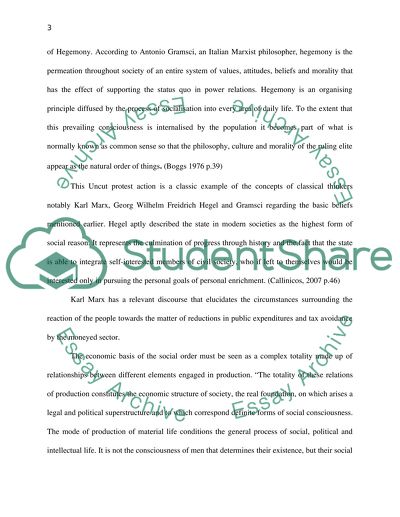Cite this document
(“The Influence of Classical Theorists on Contemporary Culture Assignment”, n.d.)
The Influence of Classical Theorists on Contemporary Culture Assignment. Retrieved from https://studentshare.org/culture/1408980-applied-theory-essay
The Influence of Classical Theorists on Contemporary Culture Assignment. Retrieved from https://studentshare.org/culture/1408980-applied-theory-essay
(The Influence of Classical Theorists on Contemporary Culture Assignment)
The Influence of Classical Theorists on Contemporary Culture Assignment. https://studentshare.org/culture/1408980-applied-theory-essay.
The Influence of Classical Theorists on Contemporary Culture Assignment. https://studentshare.org/culture/1408980-applied-theory-essay.
“The Influence of Classical Theorists on Contemporary Culture Assignment”, n.d. https://studentshare.org/culture/1408980-applied-theory-essay.


